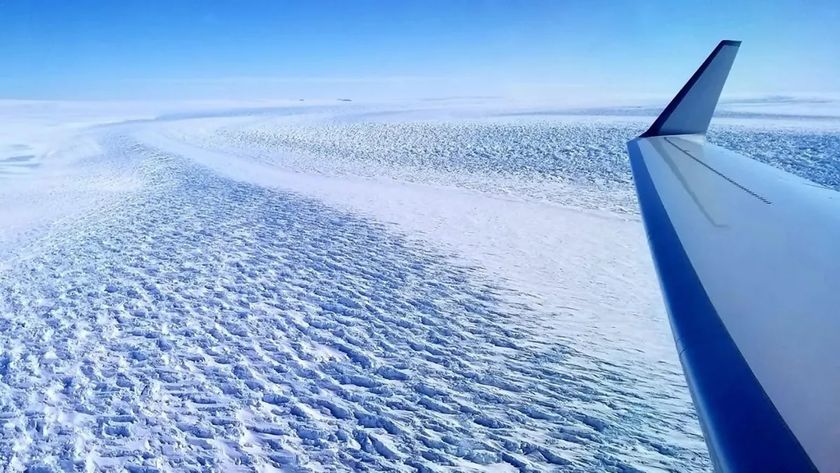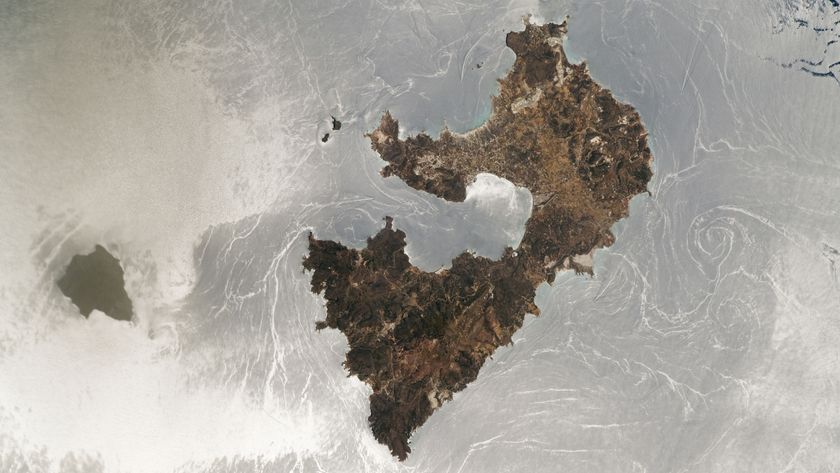In Photos: Litter Transforms Into Sea Creatures in Stunning Shots
Beyond drifting
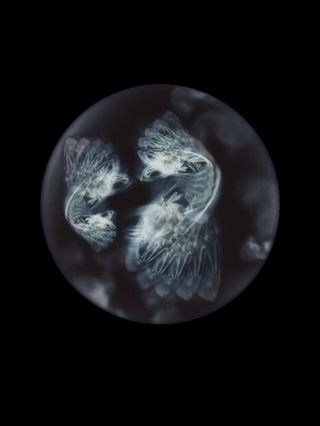
Artist Mandy Barker has used her photographic talents to capture bits of ocean flotsam — such as stroller wheels, toy horses, burnt plastic flowers and six-pack rings — and transform them into plankton-like sea creatures. Barker's art exhibit will be published in the book "Beyond Drifting: Imperfectly Known Animals" (Overlapse, forthcoming May 2017).
Here, Ophelia medustica, a specimen collected from Glounthaune shoreline, Cove or Cork, Ireland, was made of a stroller wheel.
Nebula
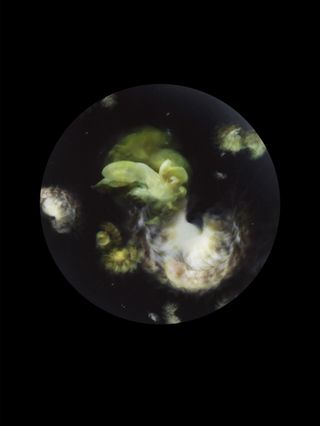
Nebulae plaurosbrathic, collected from Carrigaloe estuary, Cove of Cork, Ireland, was formed from a group of partially burnt flowers.
Pretty plankton
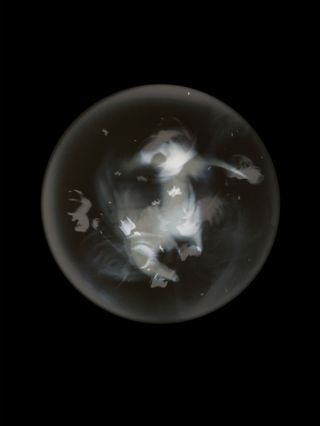
Plamacina retroversta ic. III, another view of the white plastic horse transformed into a drifting piece of plankton.
Burnt flower
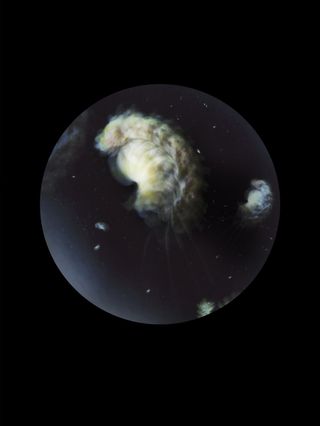
Pleurobrachia stileucae, a fantastical type of plankton formed is created from a partially burnt plastic flower collected from the Carrigaloe estuary, Cove of Cork, Ireland.
Plastic horse
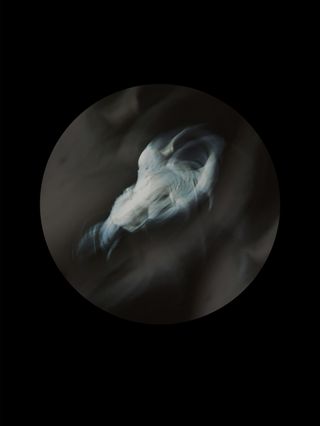
Plamacina retroversta ic. I, a specimen collected from Cobh shoreline, Cove of Cork, Ireland, was originally a white plastic horse
6-pack rings
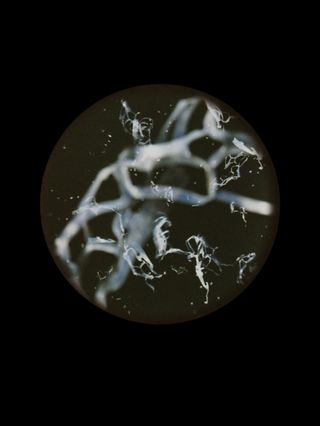
Copeopod langisticus, a specimen collected from Roche's Point, Cove of Cork, Ireland, was originally a six-pack plastic ring.
Barbie beauty
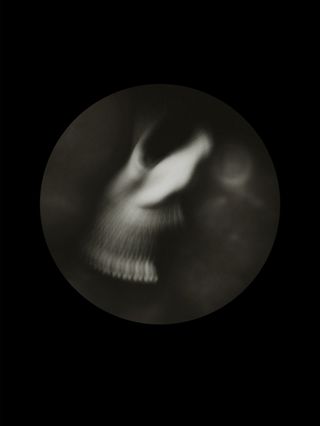
Plividas chloticus. In a past life, this sea creature was once the arm of a Barbie doll found on Fota Island, Cove of Cork, Ireland.
Wheelies
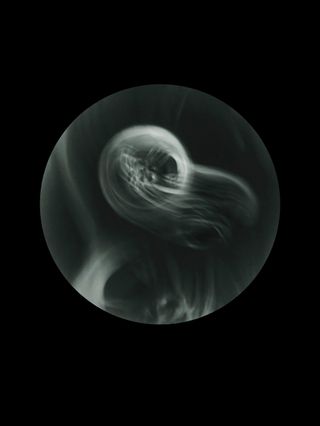
Phoronilasteri crae, collected from Whitepoint, Cobh shoreline, Cove of Cork, Ireland, was once a tricycle wheel.
Quirky creature
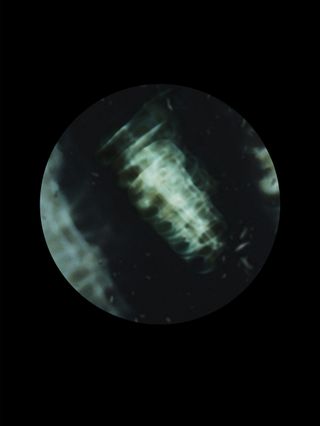
Dinoplage stellices, once a mobile phone case, has been transformed into a fantastical sea creature.
Shoe sole
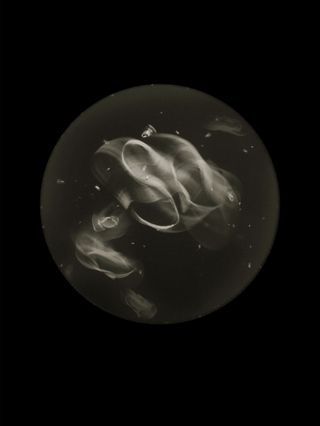
Aureplia auristice, collected from Blackrock shoreline, Cove of Cork, Ireland, was once a humble shoe sole.
Electrified
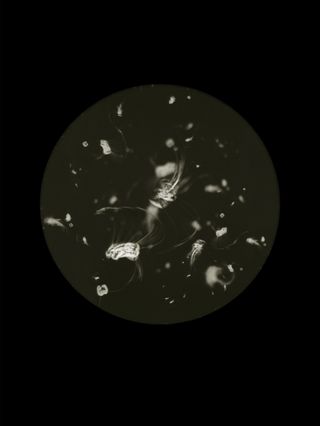
Heplandista ica, collected from Carrigaloe estuary, Cove of Cork, Ireland, was transformed into a fantastical plankton species from an electric plug and wire.
Sign up for the Live Science daily newsletter now
Get the world’s most fascinating discoveries delivered straight to your inbox.

Tia is the managing editor and was previously a senior writer for Live Science. Her work has appeared in Scientific American, Wired.com and other outlets. She holds a master's degree in bioengineering from the University of Washington, a graduate certificate in science writing from UC Santa Cruz and a bachelor's degree in mechanical engineering from the University of Texas at Austin. Tia was part of a team at the Milwaukee Journal Sentinel that published the Empty Cradles series on preterm births, which won multiple awards, including the 2012 Casey Medal for Meritorious Journalism.
